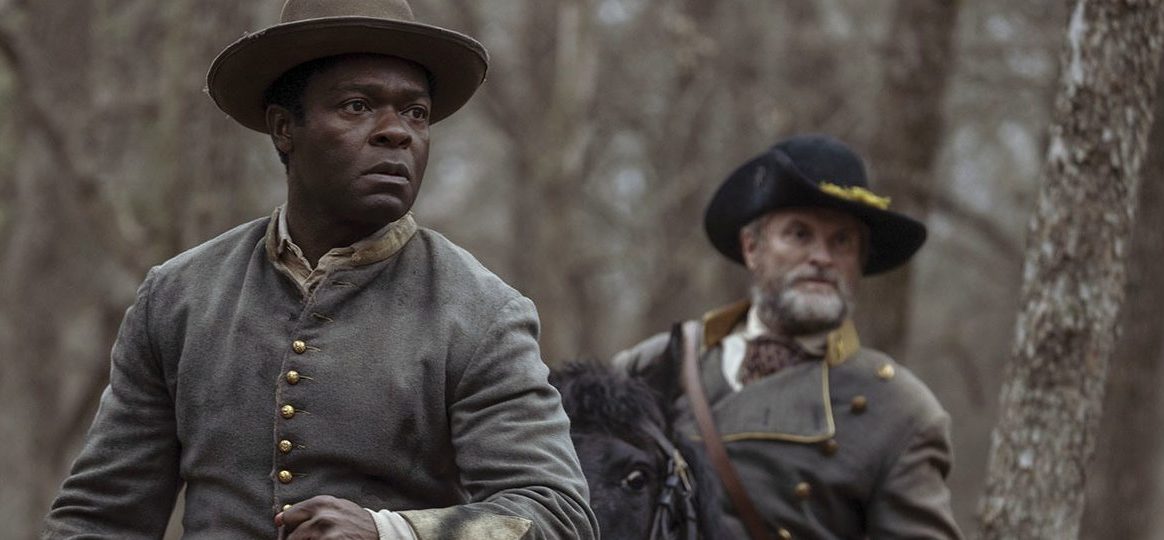In Paramount+’s Western series ‘Lawmen: Bass Reeves,’ Major George Reeves is Bass Reeves’ master when the latter has been a slave. George forced Bass to join the Confederate Army and fight against the prospects of his and his community’s independence from slave owners like the former. When George taunts Bass by denying freedom after offering it, the latter turns against his master and runs away from the estate. George is based on a real major and Texan legislator who fought in the Civil War with Bass. He was a pivotal presence in the life of the lawman before he received the uniform of a deputy marshal.
George Reeves During the Civil War
George Reeves was born on January 3, 1826, in Hickman, Tennessee, to Arkansas state legislator William Steele Reeves, who technically owned Bass Reeves. At the age of twenty, George moved to Grayson County, Texas, and settled in the present city of Sherman along with his family, Bass, and seemingly other slaves. Within a decade, George became a prominent Texan politician and was elected to the Texas House of Representatives from Grayson County. When the Civil War broke out, he joined the Eleventh Texas Cavalry Regiment under the leadership of Colonel William G. Young. As George’s slave, Bass had to accompany his master to the battleground as a Confederate.

According to a 1901 interview given to a Muskogee newspaper, Bass revealed that he was the body servant of George. In the interview, the lawman added that he was with George during the battles of Pea Ridge, Chickamauga, and Missionary Ridge. The victory at Chickamauga was the largest for the Confederate States. George, who became a colonel after the death of William Young, was also involved in the Battle of Chustenahlah in Indian Territory and other engagements east of the Mississippi. Since George didn’t own any sleeves as per his records, Bass and other slaves should have been registered in the name of his father.
Bass escaped from George supposedly during the Civil War. According to the lawman’s daughter Alice Spahn, the two of them fought over a card game, only for Bass to beat his master up. Bass “laid him [George] out cold with his fist and then made a run for the Indian Territory north across the Red River, with the hue and cry of ‘runaway n—’ hounding him up until the Emancipation,” as per Art T. Burton’s ‘Black Gun, Silver Star: The Life and Legend of Frontier Marshal Bass Reeves.’
George’s Return to Texas Legislature and Death
After the Civil War, George was re-elected to the Texas state legislature from Grayson County and he continued to serve as a politician for more than a decade. In 1881, he became the Speaker of the House of Representatives for the State of Texas. The University of Texas in Austin was founded when George was serving as the speaker. George died on September 5, 1882, after he was bitten by a rabid dog. As per the Reeves family accounts, he was bitten while trying to protect a child from the dog. He eventually died of hydrophobia.

George is buried in Georgetown Cemetery, located in the town of Pottsboro. The land where the cemetery was built was donated by George himself. After his death, a county in West Texas was named after him. Reeves County is one of the nine counties that form the Trans-Pecos region in the state.
Read More: Bass Reeves Family Tree, Explained


You must be logged in to post a comment.